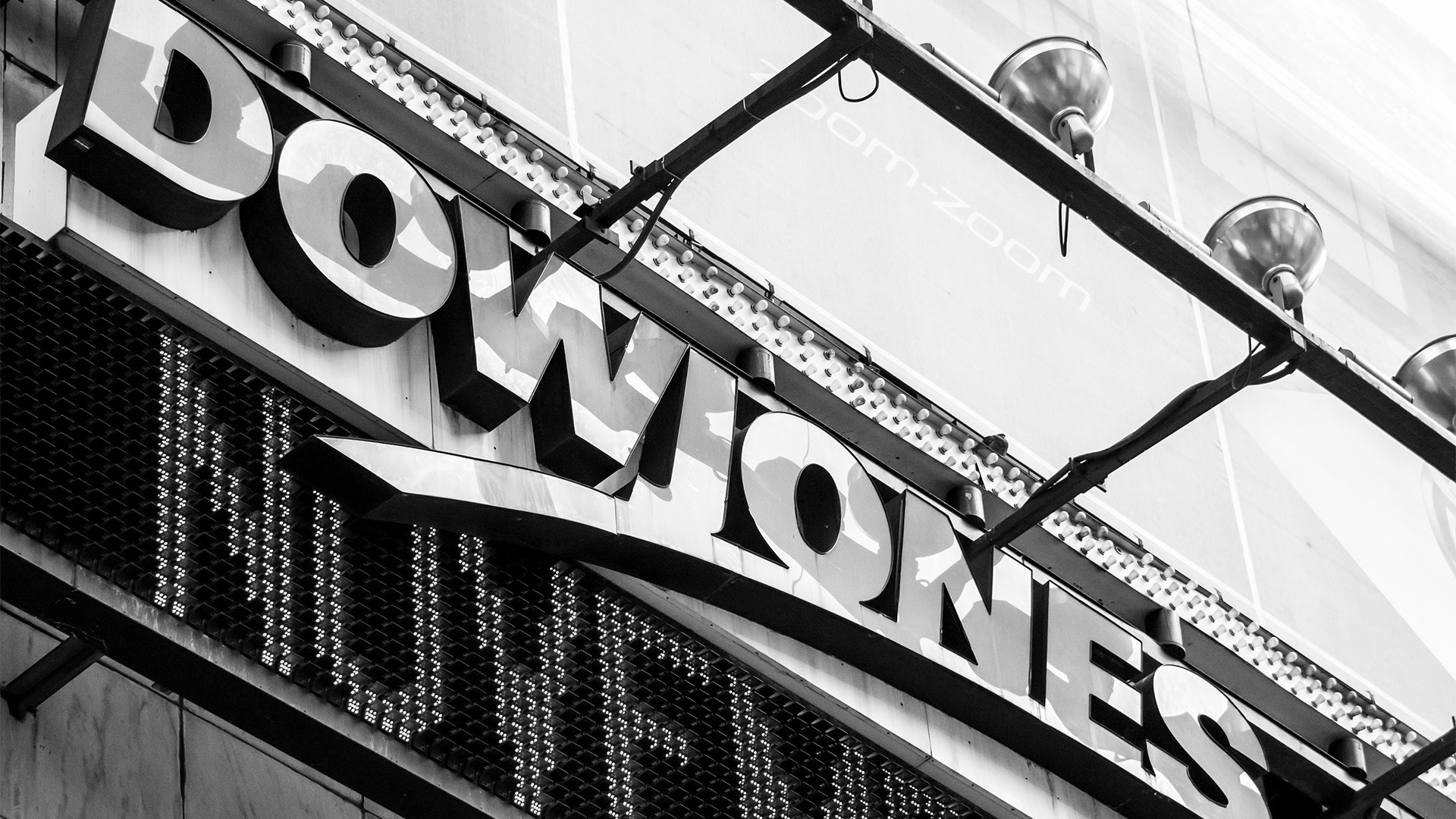After next Thursday, June 7, S&P Global has a seriously hard problem to resolve: does it start thinking about including Nvidia in the Dow, Wall Street's oldest and most prestigious index, and if they do, which among the 30 companies in it is to be dropped?
Being added to the Dow is the ultimate accolade in the US—a sort of coronation. Apple, Microsoft, Walmart, Disney, Amazon, and JPMorgan Chase are there, so will S&P Global (which oversees all the Dow indices) decide that the one company now supporting the Wall Street edifice deserves the ultimate reward?
Thursday is when Nvidia’s shares undergo a 10-for-one split announced with the record results on May 22. That has seen the shares jump nearly 9% since then to be up more than 129% for the year.
In fact, with a market cap of $US2.72 trillion, Nvidia is around $US200 million short of Apple’s value of just over $US2.9 billion (Apple shares are in the midst of a recovery). Microsoft remains in front at $US3.2 trillion. At Wednesday’s close, the gap was smaller—just $US100 billion.
With a 30% gain in the past month, Nvidia could end up as the world’s most valuable company by the end of June.
With a close of $US1,105 on Thursday, the shares will be worth around $US110 if they don’t rise in the next week, which will see the shares chased aggressively by investors large and small who want a stake in the gathering AI boom.
The share split will be the driver of other gains if Dow membership happens. That would force a lot of big investors to hold the stock (if they don’t already). A combination of the two decisions could spark another surge.
The criteria for inclusion in the Dow make it tough for a lot of companies (Tesla, Meta, and Warren Buffett’s Berkshire Hathaway would find it very tough because of the high degree of control by one person).
Only 7 companies have been admitted in the last 30 years.
Inclusions and exclusions are subject to a number of criteria, not all of which are explicitly defined, as selection is partly subjective (no numerical criteria, apart from share price, and carried out by a special committee of S&P Dow Jones Indices).
Some of the criteria are that the company has an "excellent reputation,” sustained growth, is attractive to a large number of investors, maintains "adequate" sector representation, must be incorporated and headquartered in the United States, and generate "a significant portion" of its revenues there.
Additionally, the possible newcomer should not belong to the Transportation or Utilities sectors, which have their own well-supported sub-indexes.
And the most expensive stock in the index must not be more than ten times more expensive than the cheapest.
The latter point will be helped by the 10-for-1 share split and increased trading liquidity. The Dow is weighted by price and not capitalization (as is the S&P 500).
Post the split, the price around $110 would make Nvidia shares much cheaper than Apple, Microsoft, United Health, Goldman Sachs, for example.
After Amazon split its shares on a 20-for-one basis in early 2022, there was a lot of speculation that it would be included in the Dow very quickly.
That inclusion was delayed until earlier this year, replacing Walgreen Boots (which had replaced GE in 2018). Apple joined in 2015 (replacing AT&T) less than a year after a 7-for-one split in 2014. Apple had a 4-for-one split in 2020.
Intel might be the one to go—the older chip giant—its shares are down 40% so far this year.
US analysts say it's a case of when Nvidia will be admitted to the Dow, not should it.














